8 of the most calming plants to grow in your garden to transform your outdoor space into a soothing sanctuary
Transform your garden into an oasis of calm with these soul-soothing plants...

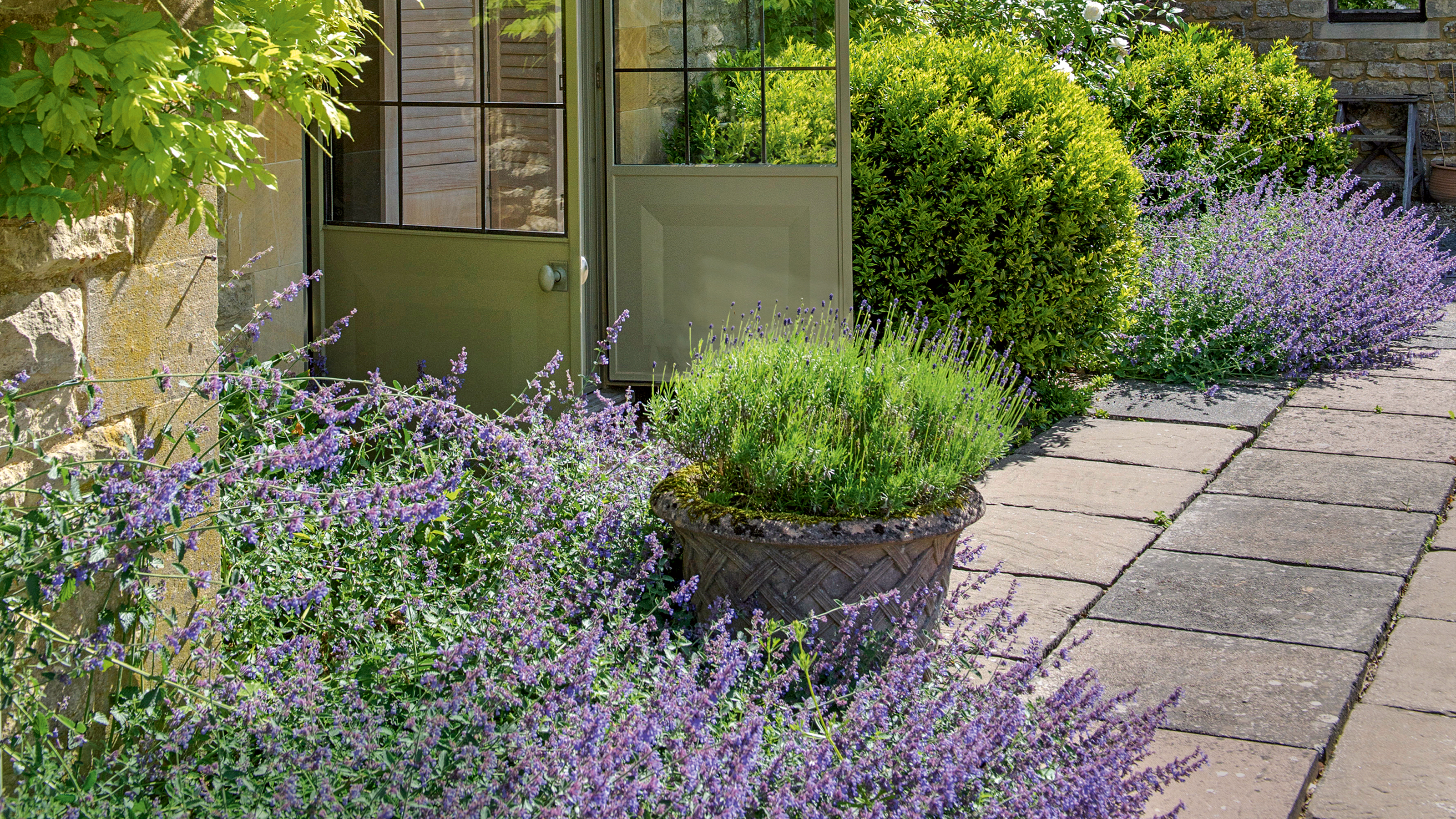
In a world that often feels chaotic, it’s little wonder we want to fill our gardens with the most calming plants – especially as making good on our favourite wellbeing garden ideas has been proven, time and time again, to have a positive impact on our mental health.
That’s right; much as you can choose the best houseplant to improve your wellbeing, so, too, can you cultivate a soothing escape by carefully selecting the right plants. So, how best to go about finding the right ones?
Well, much as you would when planning out a sensory garden, the trick is to think deeper than what your garden looks like; how does it make you feel? You can dial down the stress and bring serenity home in lots of different ways…
The most calming plants to grow in your garden
Whether you prefer to try planting soft textures underfoot, perfuming the air with scented plants, or opting to grow your own ingredients for a soothing tisane, here’s our pick of the most calming plants for your garden…
1. Chamomile

There’s something timelessly soothing about the delicate white flowers and sunny yellow centres of this charming plant, but they don't just look beautiful; they're practical, too.
'Just plant chamomile,' says garden designer Zoe Claymore simply, noting that it can be used for brewing a calming herbal tea that settles the whole body.

Zoe Claymore is a multi award-winning garden designer based in London. She focuses on creating outdoor places with emotional connection and ecological integrity for her private and commercial clients.
Plant chamomile along pathways, in pots, or even as a chamomile lawn for a soft, fragrant carpet. A small price to pay for your own homegrown stash of herbal tea ingredients, we say...
Sign up to our newsletter for style inspiration, real homes, project and garden advice and shopping know-how
These are the varieties I recommend buying:
- Perfect for borders with its apple-like scent, Common chamomile is £7.99 for a 9cm pot from Crocus
- Create your own chamomile lawn with Chamaemelum treneague, £3.99 for a 9cm pot, Primrose
- Make your own chamomile tea with Roman chamomile, £3.25 for 200 seeds from Sarah Raven
2. Mint
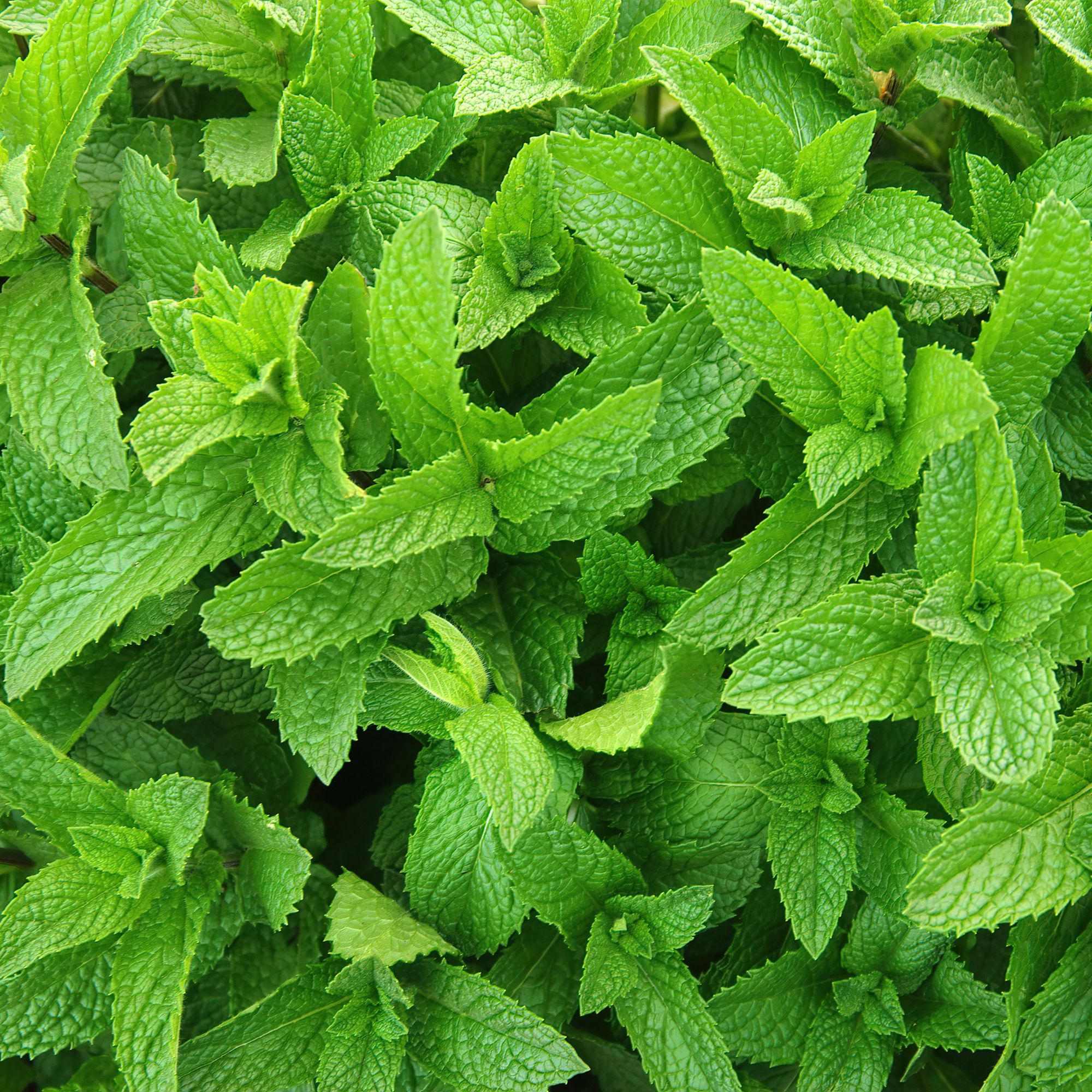
If you want an easy option when it comes to the most calming plants, try learning how to grow mint; thanks to its fresh, uplifting scent and easy-going nature, it’s a real soother.
Whether you prefer classic spearmint or something quirkier like the chocolate mint from Crocus seen above, this herb thrives in sun or partial shade – though it’s best kept in pots to stop it spreading.
'Nothing makes you feel better than just mint leaves in a cup in summer,' says Zoe. It’s an instant pick-me-up and a gentle way to wind down on warm evenings.
3. Lavender
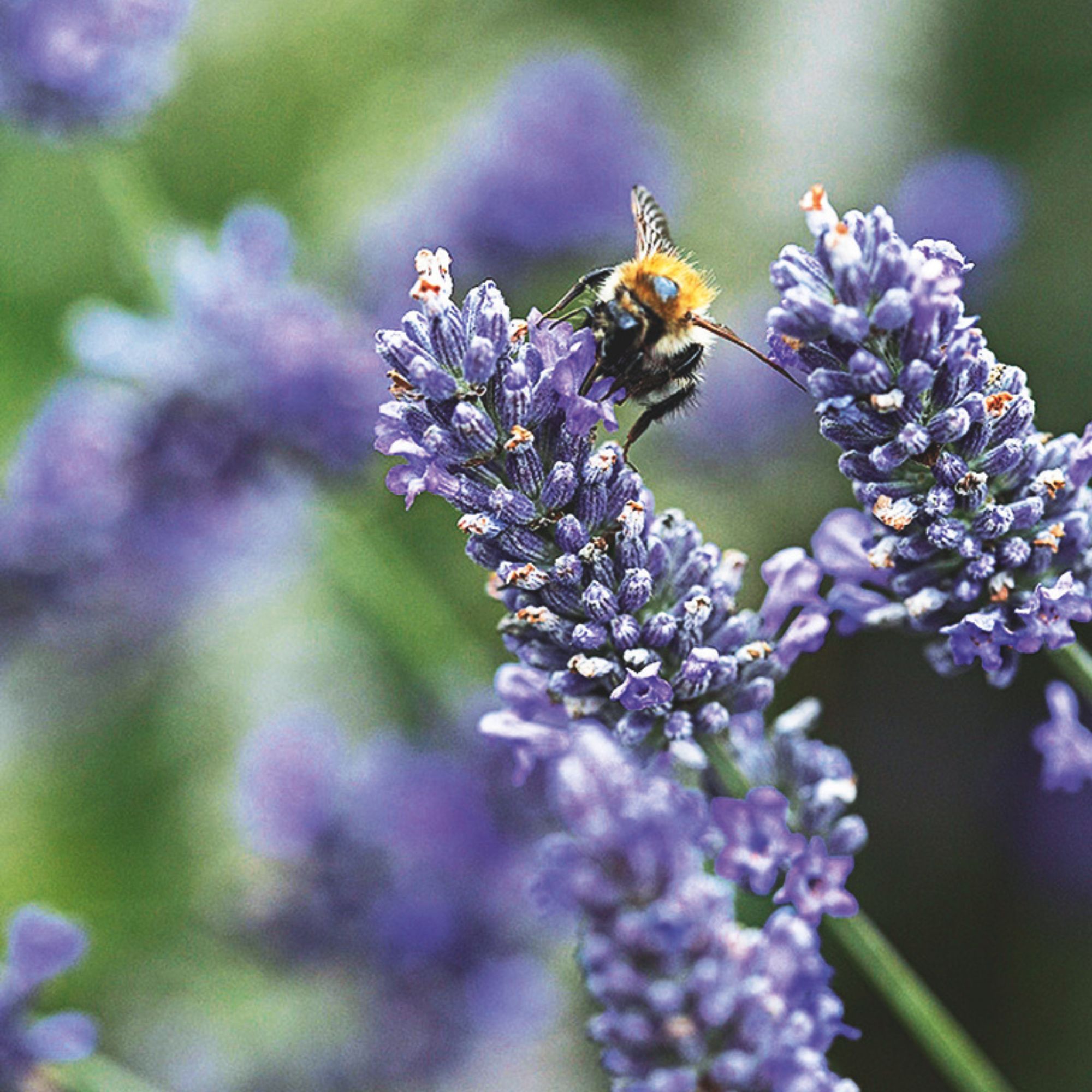
If you could bottle calm, it might smell exactly like lavender. Its fragrant spikes are a classic choice for soothing garden borders, path edges, or patio pots, and it's not just one of the most calming plants; it's also pretty resilient, too, making it a great choice for even a coastal garden.
'We often use plants as a therapeutic element to the garden; engaging the senses to create an immersive sensory experience,' says Clarissa Freeman of Matthew Childs Design.
She adds that you might want to incorporate Lavandula Hidcote (£7.99 for a 9cm pot, available at Crocus); not only does it provide heavenly perfume, it also attracts bees and butterflies – a win for wildlife and wellbeing alike!
4. Stachys byzantina (Lamb’s Ear)
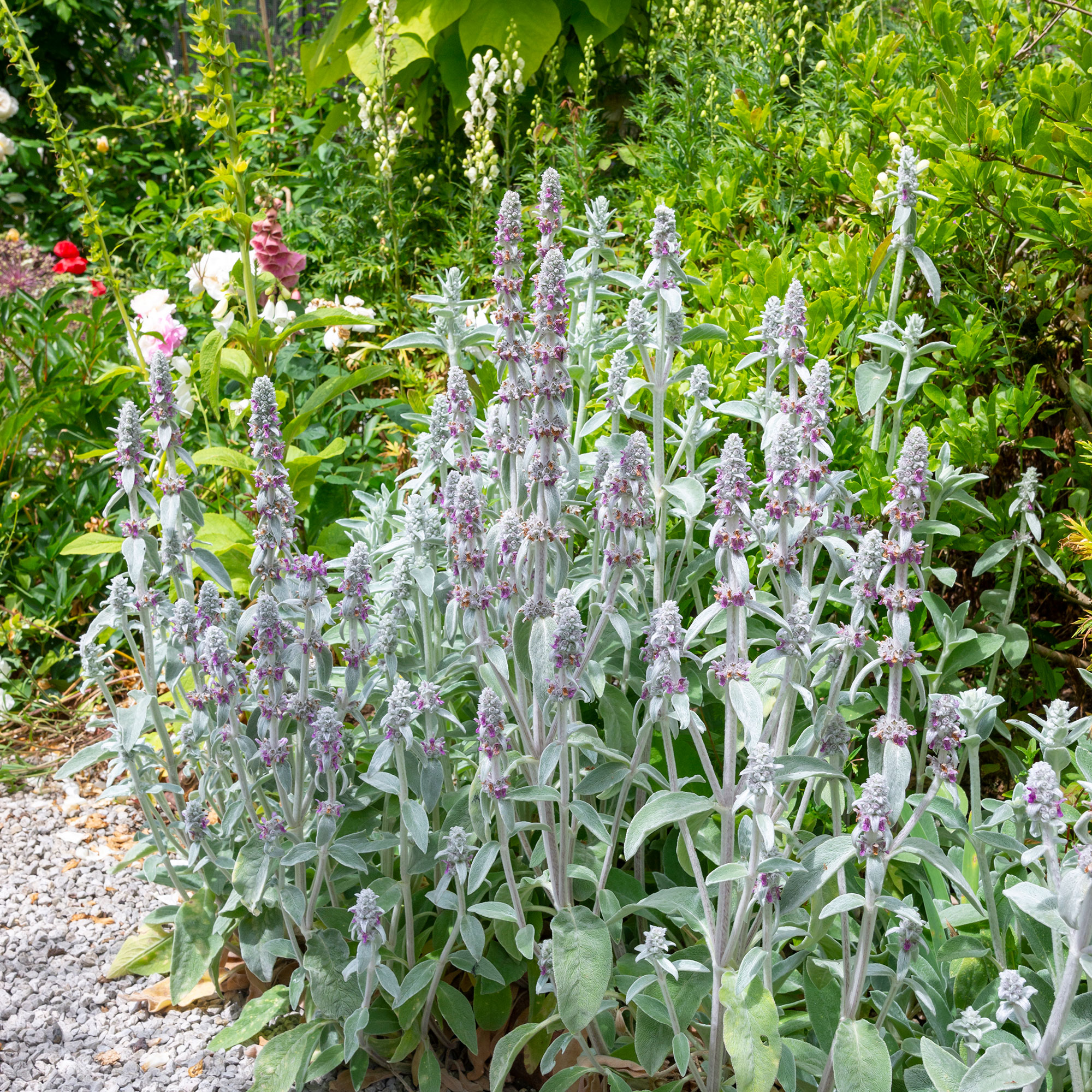
Soft, silvery, and delightfully velvety, Stachys byzantina (commonly called Lamb’s Ear) is perfect for bringing a tactile, calming element into your planting scheme.
'If you are looking for one of the most calming plants, we would often try to engage the scent, sound and touch senses,' says Clarissa, noting that the 'velvety leaves of Stachys byzantina' perfectly fit the bill for the latter.
Children (and adults!) love stroking its fuzzy foliage, and it’s drought-tolerant, too, making it a low-maintenance choice for serene planting schemes.
Throw in the fact that it can also be used as a weed-suppressing carpet, and you have more than enough reasons to pick up some Stachys byzantina 'Silver Carpet', £4.50 at Crocus.
5. Rosemary
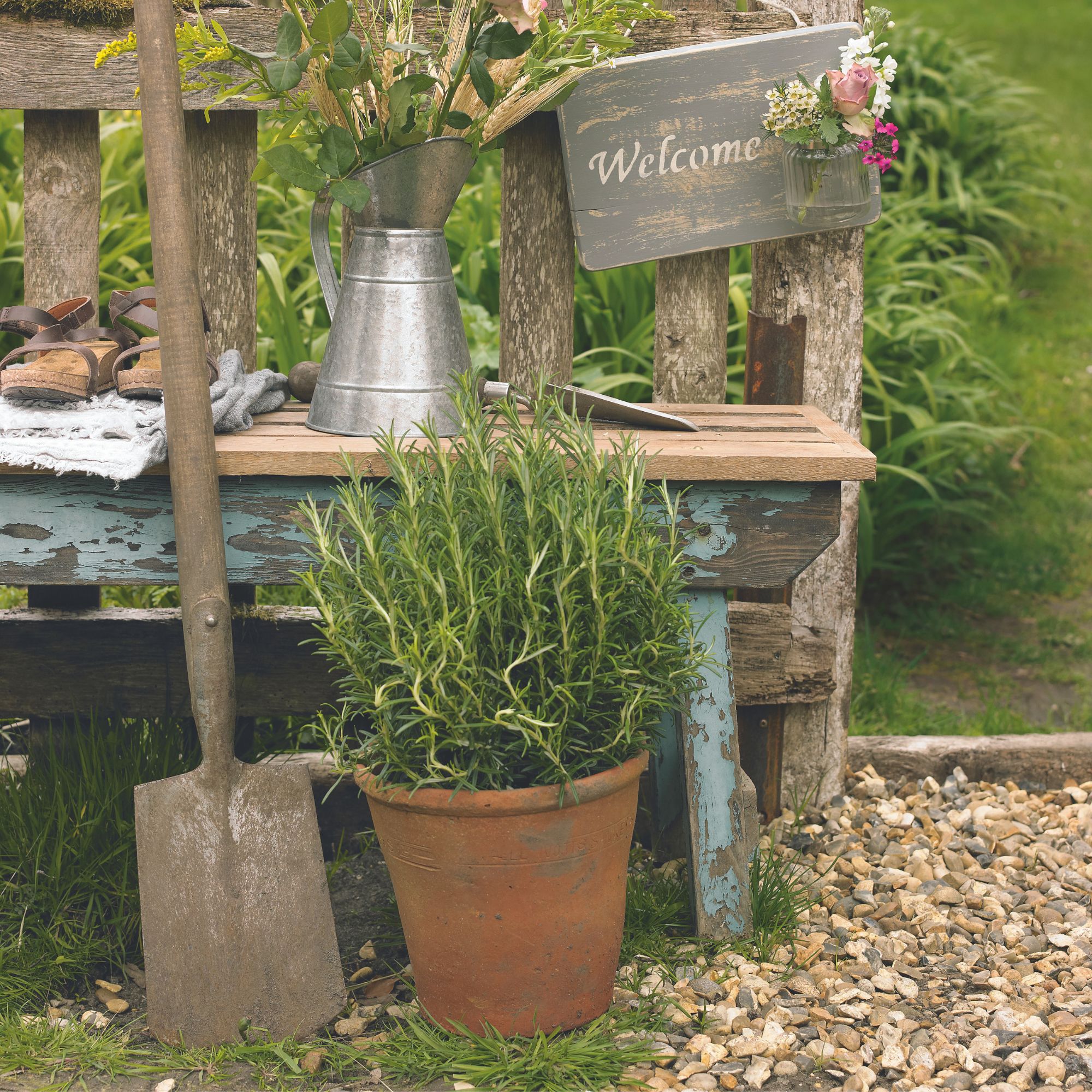
Anyone who's seen Practical Magic will know that it's a good idea to keep rosemary by your garden gate for luck, but did you also know it's one of the most calming plants around?
'Rosemary’s scent is grounding,' says Christopher O’Donoghue, director of Gardens Revived. 'It instantly transports me outdoors, no matter how hectic life feels. Plus, brushing past it releases those oils into the air. It’s a brilliant plant for both the senses and the soul.'

A gardener with over a decade of experience under his belt, Christopher set up Gardens Revived with his brother, Andrew, in 2018 to create a thriving family business. Together, they have worked on residential gardens, listed buildings and gardens, flower shows and large estates with some exceeding 70 acres – many with historical significance.
Rosemary thrives in sunny spots and brings year-round structure to the garden, making it a versatile choice for a calm, organised planting scheme. Be sure, then, to pick up some classic rosemary, £4 for a 9cm pot at Crocus (if only to have a handy supply of herbs on hand for your next roast dinner).
6. Calamagrostis ‘Karl Foerster’
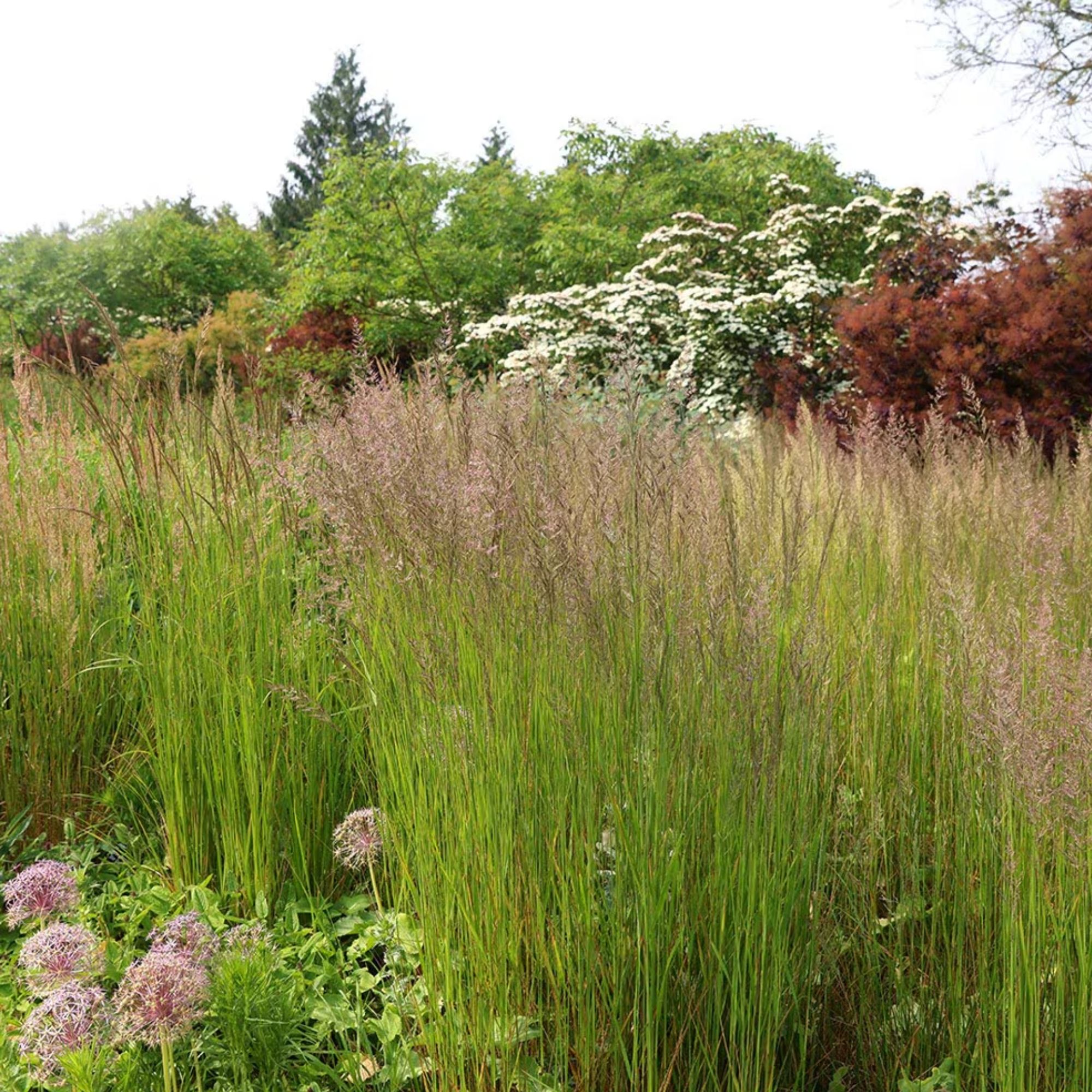
When looking for the most calming plants, it’s worth paying attention to those with any form of gentle movement. Ornamental grasses, for example, sway elegantly in the breeze, creating a soothing rustling sound that’s practically nature’s version of white noise.
‘The rustling of taller grasses like Calamagrostis Karl Foerster’ is a brilliant way to add sound to a sensory garden, says Clarissa.
Pick up some Calamagrostis Karl Foerster, £5 for a 9cm pot at Crocus and plant in drifts or as a vertical accent among your best perennials for height and texture, without overpowering your space.
7. Phlox
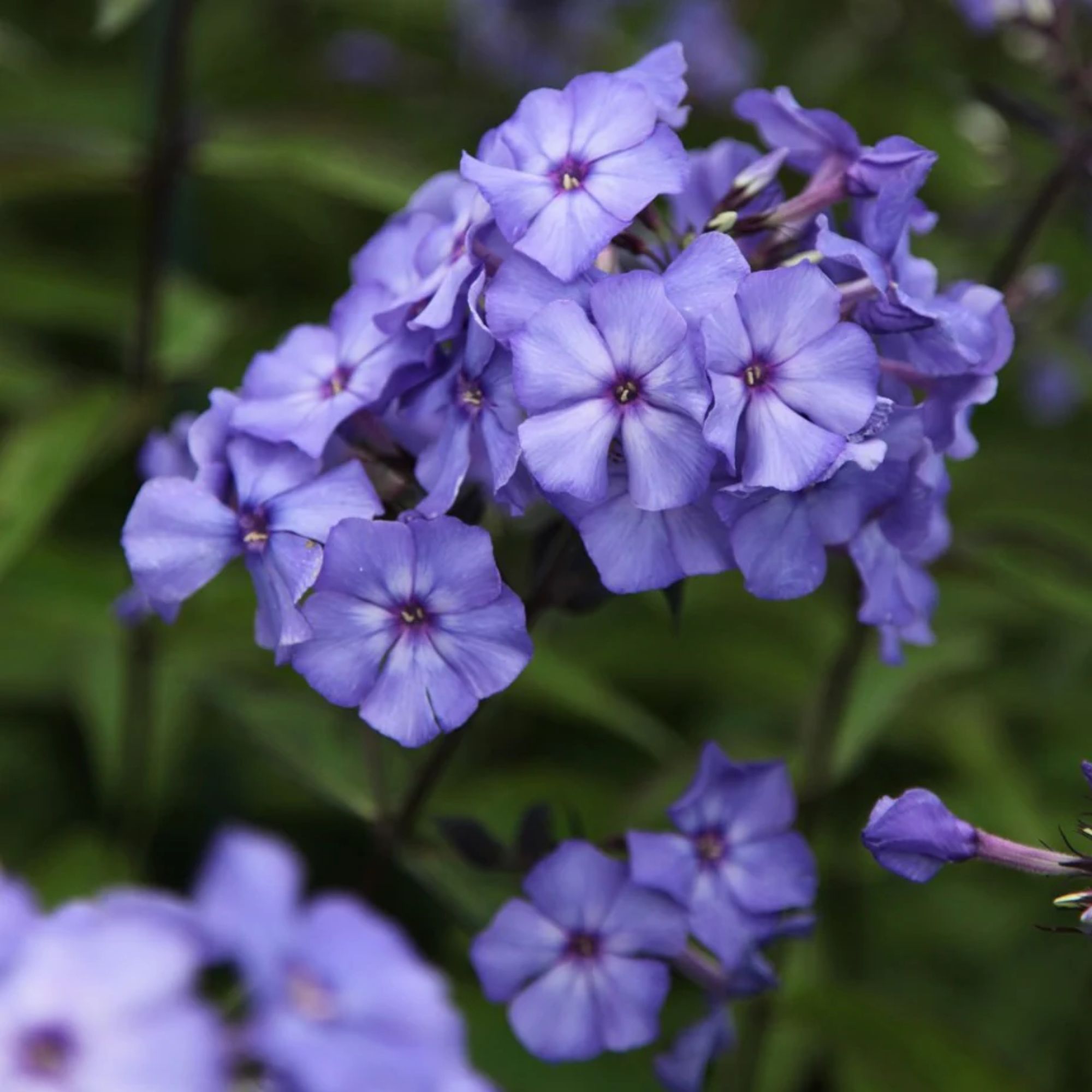
For a gentle burst of colour and sweet fragrance, phlox is one of the most calming plants that’s truly hard to beat. Its starry blooms come in soothing shades of white, pink, or lavender, all of which are perfect for brightening a soothing garden border.
'Phlox has a soft scent that always reminds me of summer evenings,' Christopher says. 'It’s brilliant near seating areas where you can really enjoy the perfume without having to go far. Plus, it attracts pollinators, which is good for wildlife and the soul.'
Choose varieties like the Phlox paniculata 'Blue Paradise', £9.99 for a 9cm pot, from Crocus seen above, for strong scent and long flowering periods.
8. Honeysuckle
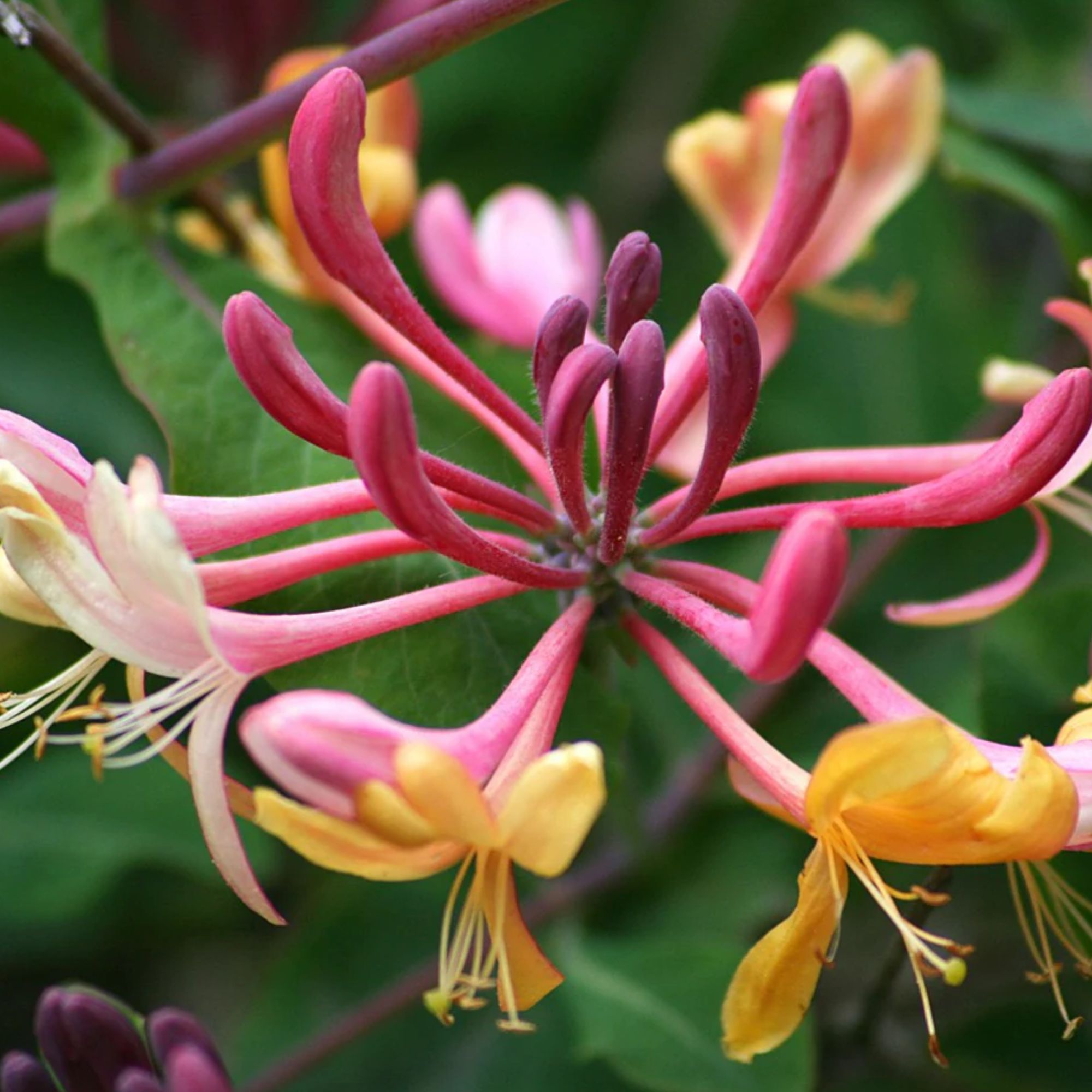
Honeysuckle is another fabulous choice if you’re on the hunt for one of the most calming plants around; its twining stems and delicate, often citrusy fragrance create a sense of romance and nostalgia.
'There’s something timeless about honeysuckle,' Christopher adds. 'It’s an old friend in the garden that comes alive at dusk. The scent drifting through warm air is incredibly calming after a long day.'
There are so many varieties of honeysuckle available at Crocus, so pick the one best for you and plant it where you can enjoy its scent – near doors, pergolas, or fences. It should also weave a natural screen that helps wildlife.
FAQs
Which plant is good for stress relief?
While many plants are said to help mental wellbeing, thinking about colour as a whole can elevate your garden’s calming effect. Green, in particular, is famously restful.
'Green is the calmest colour for the eye so going for a green palette will be super soothing,' advises garden designer Zoe Claymore. She also suggests that 'organisation and form can be soothing so a good organised layout will help the brain relax as will open sight lines.'
Even simple evergreens or drifts of soft foliage can work wonders if you're dreaming of a peaceful retreat.
How to create a tranquil garden?
If you want to create a tranquil garden, the trick is to incorporate something for each of the senses; sight, smell, sound, taste, and touch. Opt for soothing fragranced flowers, then, like lavender and honeysuckle – and incorporate plants with plenty of texture and movement, such as ornamental grasses.
Edimentals like chamomile and mint are great for hitting that 'taste' button, and don't forget to incorporate plants that just beg to be reached out and touched, too, like Lamb's Ear.
Whether you have a sprawling garden or a few pots on a balcony, adding just one or two of these calming plants can help soothe your senses and provide an escape from the everyday.
Trust us: even the smallest patch of green can become something of a personal balm for turbulent times.

Kayleigh Dray became Ideal Home’s Acting Content Editor in the spring of 2023, and is very excited to get to work. She joins the team after a decade-long career working as a journalist and editor across a number of leading lifestyle brands, both in-house and as a freelancer.